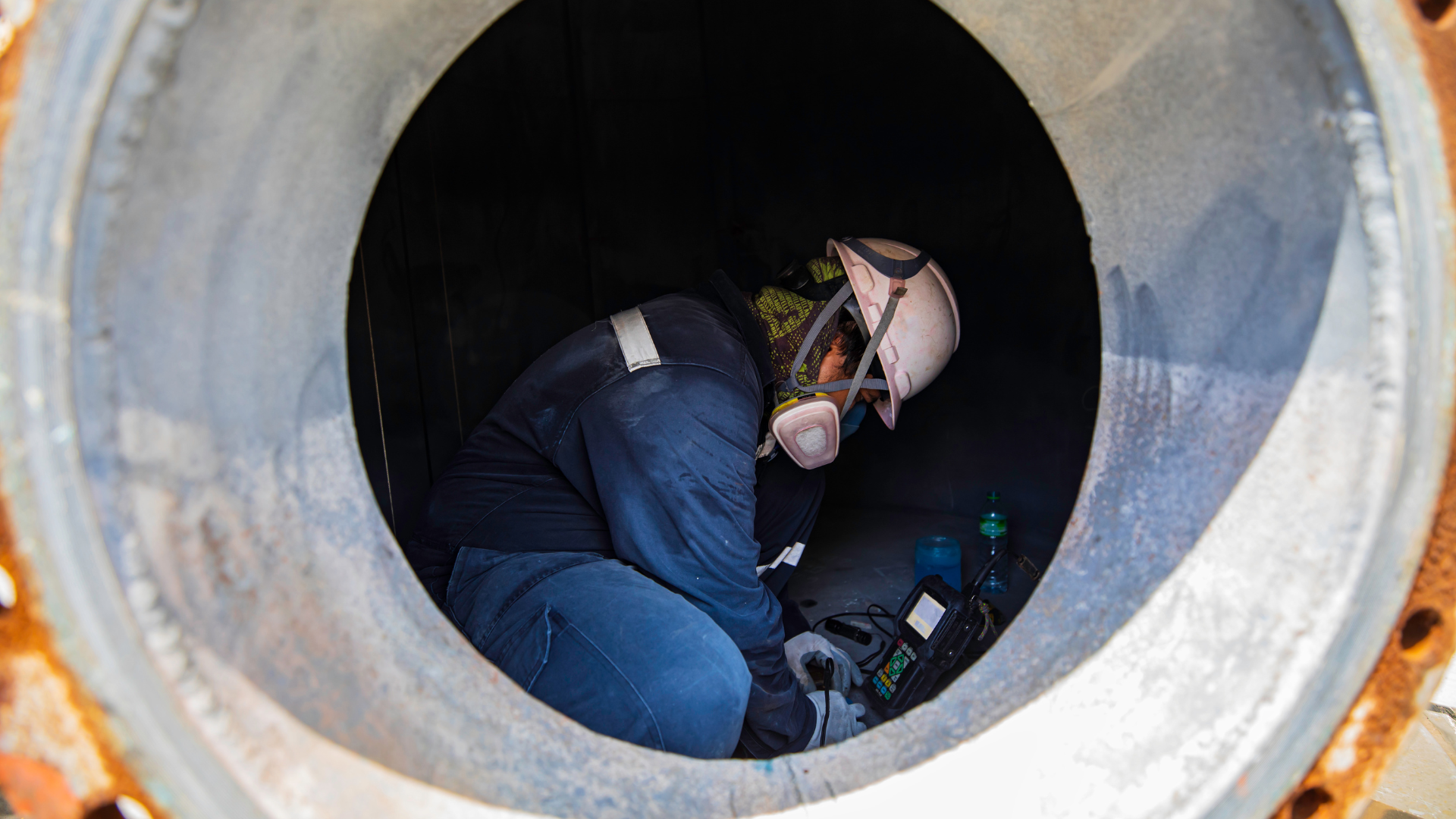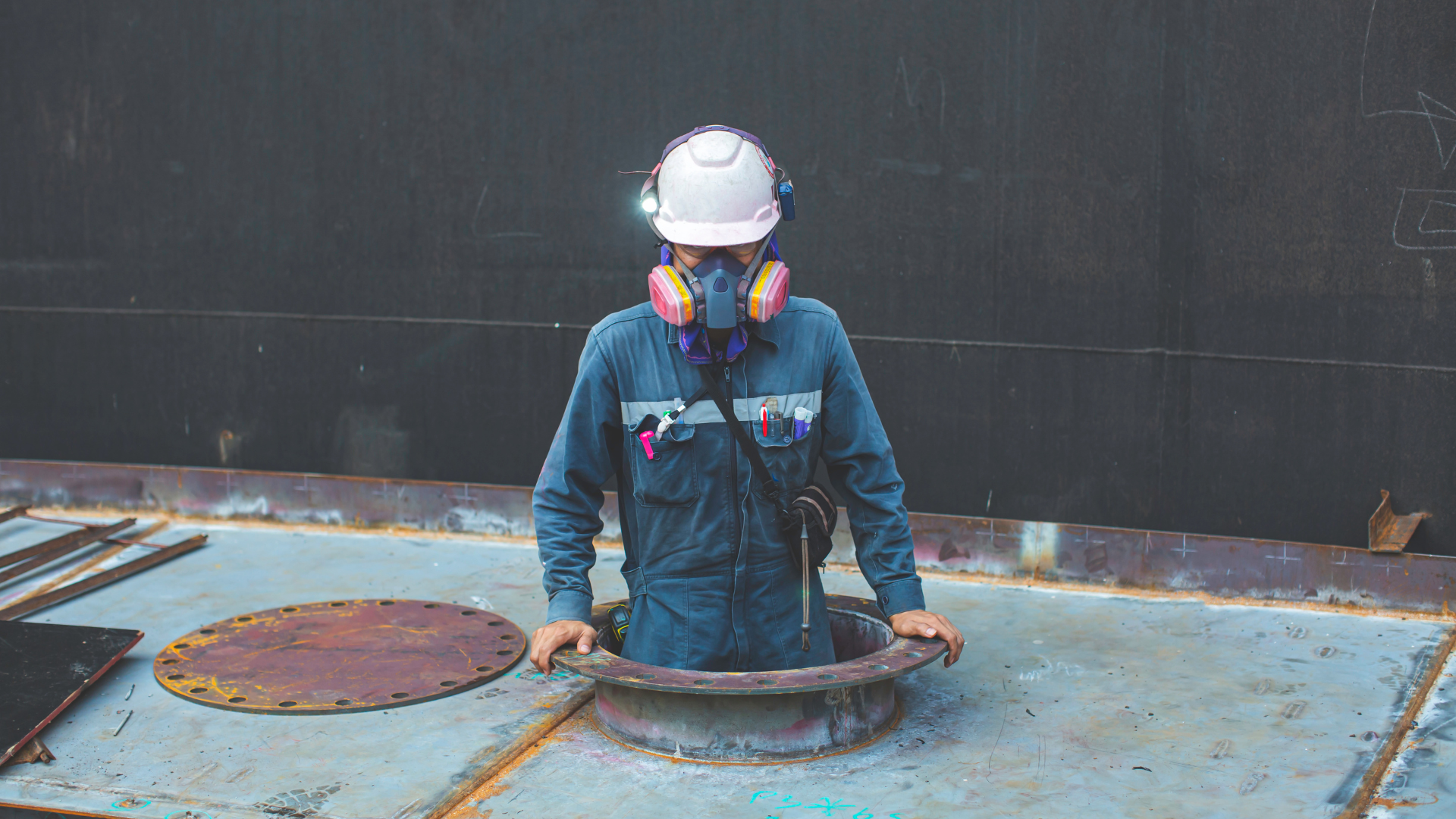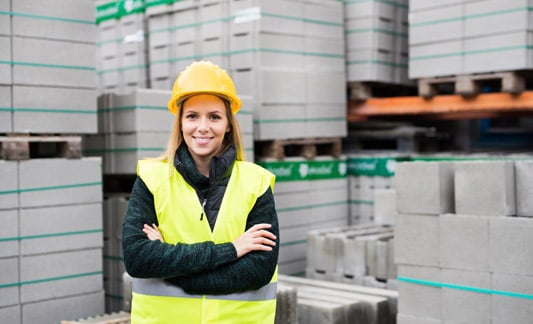
Before allowing worker entry into confined spaces, a detailed hazard assessment and atmospheric testing is crucial. Tanks and pipes can harbor toxic substances, explosive concentrations of gases, and hazardous materials. Lack of proper ventilation equipment and evacuation procedures can put workers at serious risk.
At Irwin’s Safety, our certified confined space specialists examine the space's physical attributes, contents, prior uses, and residue records. We conduct thorough atmospheric testing for oxygen levels, explosive limits, and hazardous substances. Our experts identify all dangers to people and processes so you can implement controls to create a compliant, safe entry program.

It systematically identifies all hazards to determine required precautions and controls before any entry. Assessments evaluate:
Detailed analysis of all hazards through testing and inspections allows proper entry procedures and permits to be developed.

Any facility requires thorough hazard assessments including:
Assessment by a qualified professional provides the foundation for safe entry practices and procedures.
FAQs
What is a confined space hazard assessment?
It is a detailed evaluation by a qualified person to identify all hazards and risks prior to space entry procedures. It covers the space's physical attributes, contents, and past/present uses to determine precautions needed.
What are the 4 main types of confined space hazards?
Atmospheric (e.g. oxygen deficiency, flammable gases, explosive gases), Physical (e.g. engulfment, entanglement, slips), Biological (e.g. microbes, animals), and Chemical (e.g. residues, reactive compounds).
How to conduct a risk assessment?
By reviewing designs, assessing all potential hazards through testing and inspection, assigning risk levels, specifying appropriate controls (like PPE, ventilation, monitoring), and developing safe work procedures including an Entry Permit System.
What is the key for hazard control?
Eliminating hazards where possible, isolating entry points, inerting/ventilating spaces, providing adequate PPE, continuous atmospheric monitoring, ensuring ready access to rescue and emergency equipment, and designating trained standby personnel in communication with entrants.
How are workers informed about risks?
Through initial hazard assessments, entry permits, ongoing monitoring, markng hazardous areas, safety training, and informing the safety representative so they can communicate risks to all personnel. Hazard control relies on everyone being aware of the dangers.
Irwin’s Safety has over 14 years of confined space expertise across Canada. Our specialist assessors:
Don't waste time. Get an Expert Assessment.
or Phone +1 (855) 747-9467

“The safety of the people shall be the highest law."
– Marcus Tullius Cicero, Roman philosopher born in 106 BC